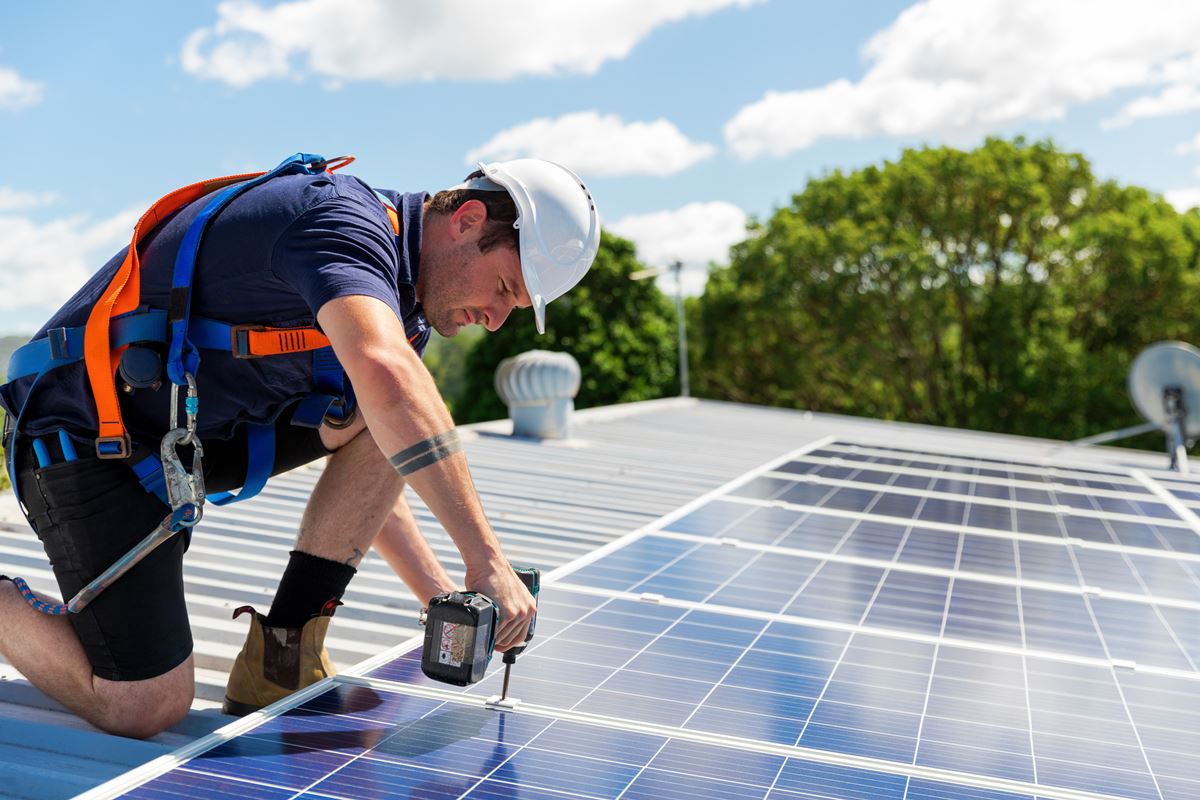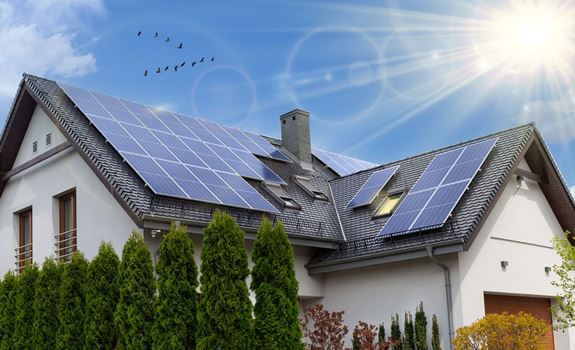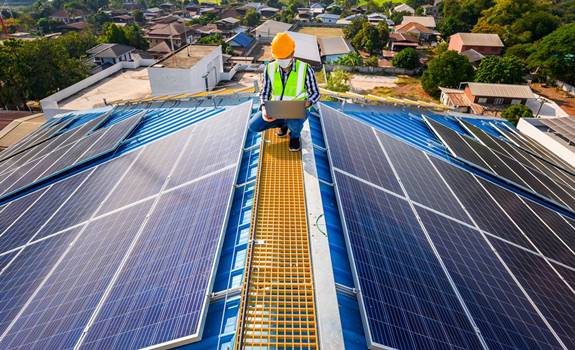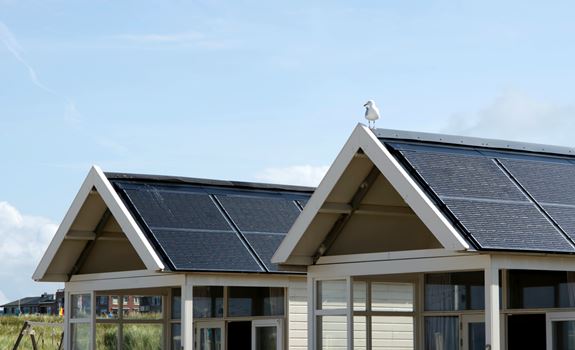Solar power is a good choice for many homeowners. It’s a significant investment that yields many benefits. Incorporating a solar energy system can save you a lot of money in the long run, both regarding energy costs and taxes. You can use a tax estimator to get a better idea on just how going solar will impact your overall tax situation. Ultimately, incorporating solar power into your home presents a significant opportunity to reduce your carbon footprint and help lessen the effects of climate change and global warming.
If you are already planning to go solar, you first need to check if your house is ready for a solar energy system. And for that, here are six tips for you to do so:
#1 Check Your Energy Usage
Before investing in panels, it’s good to look at your current energy usage and see where you can make energy use more efficient. You only need to know how much electricity you use in total and think about simple, low-cost ways to save energy. Some ways to reduce your energy consumption include:
- Doing an energy audit
- Efficient appliance and water use
- Making the switch to energy-efficient lighting
- Regulating house temperature
With this information, you can get a rough idea of how many panels you need.
#2 Do a Solar Energy Assessment
Because a solar energy system’s output depends on how much sun it receives and its size, you should evaluate it. If you’re interested in getting an accurate reading of your home’s solar potential and detailed advice regarding the equipment, consult with a solar energy contractor directly. They can evaluate certain factors–especially nearby trees and roof conditions. Also, if you tell them what you want to do with solar energy, they can help you figure out the size and cost of your project.
#3 Repair and Upgrade Roof as Necessary
Since the solar panels will be on the roof, this is where you’ll do most of the repairs and upgrades. As a nod to the last tip, your roof should have a strong structure and be able to hold heavy solar panels. Make sure your roofing materials can handle the weight and space they’ll take up.
You may need to remove the solar panels if you need to repair the roof after installing them. So, it’s wise to have your roof repaired or replaced before installing a solar energy system. As you can see, a little more prep work may be required, even if the changes aren’t as extensive as a complete home remodel would be.
#4 Know the Permit and Rebate Process
Depending on your location, most city utilities require paperwork before you can have a solar energy system installed. A certified solar installer or contractor should be able to provide you with such documents on demand. The most important one is a permit to work with electricity. In addition, a reverse-power meter must be approved by your local building or development department before you can have your solar power installed. Even though a solar contractor should do this, it’s a good idea to be aware of it.
Additional financial incentives may be available from your state or local governments, utility providers, and energy-efficiency organizations.
#5 Consider Energy Storage Options
Electric companies can install production meters for you if you plan to sell excess power to the grid in exchange for the cost of the solar energy system you’ve chosen. A production meter measures how much electricity a source of energy makes. It is the opposite of how your average utility meter works. They connect to your system through the AC disconnect on your solar inverter before passing through the main interconnection breaker.
Your utility company will inform you how many kilowatt-hours your solar energy system makes every year. They usually read production meters at the same rate as regular meters. Using this information, you’ll have to fill out an application every year to get paid for the extra energy your system sends to the grid. The incentives can come as service credits or a check in the mail.
#6 Wrap Up Energy Efficiency Measures
You can only get the full benefit from a solar power system if other parts of your home are operating in tandem with it, just like any other energy-efficient modifications. Here are a few low-cost measures:
- Check the seals on all doors and windows for damage or cracks.
- Replace your outdated lightbulbs with CFLs or LEDs that are more efficient.
- Replace the filters in your HVAC system as well as other appliances.
- Ensure that your roof and attic are properly ventilated so that hot air does not build up.
As mentioned in the first suggestion, an expert’s home energy audit can help you know where your home’s energy standards are strong and weak.
Final Thoughts
Going solar is an excellent option. The overall benefits outweigh the cost, and it is a worthwhile investment. However, you should first check your home if it’s viable for solar power. With the tips above, you can ensure that your home can efficiently use those solar panels, saving money and the environment in the long run.
Published in: Home advice | Author: Lynn








